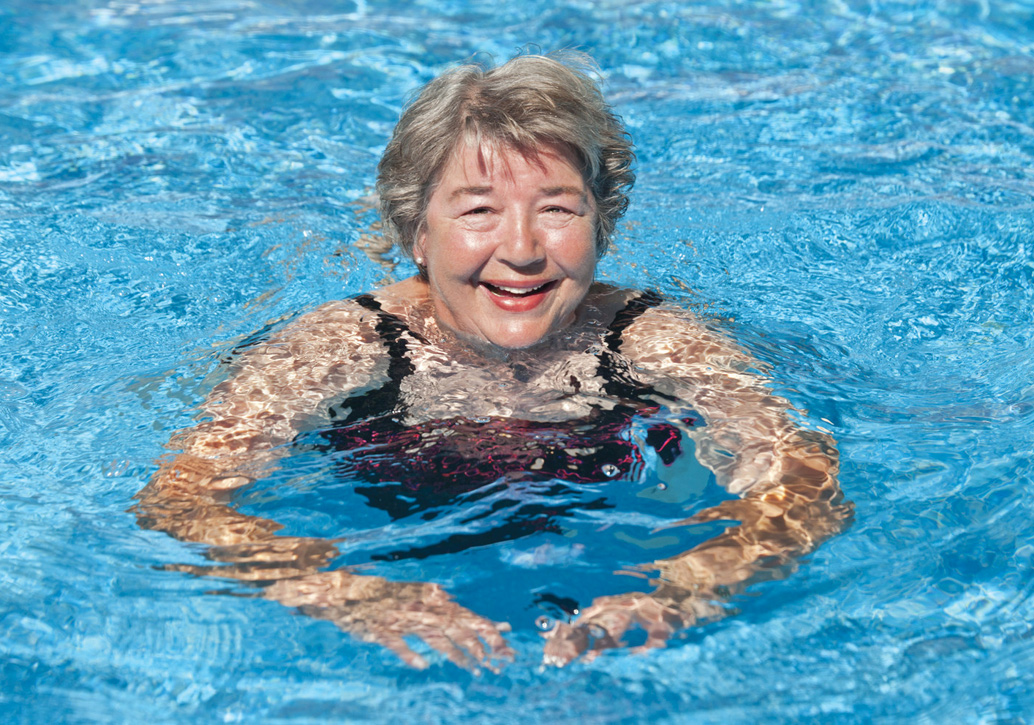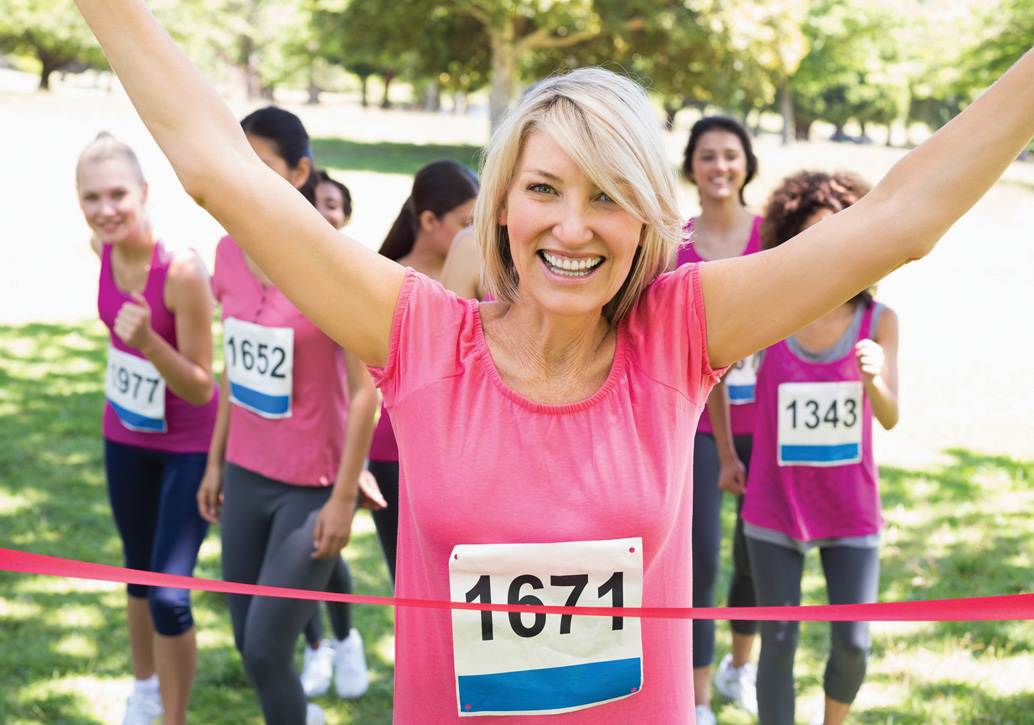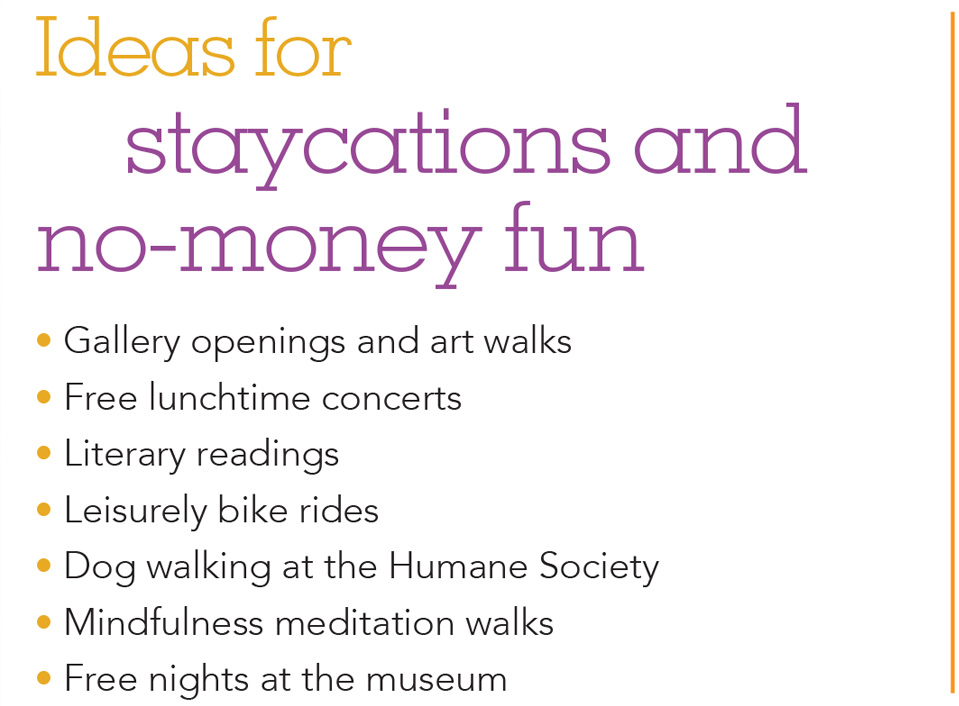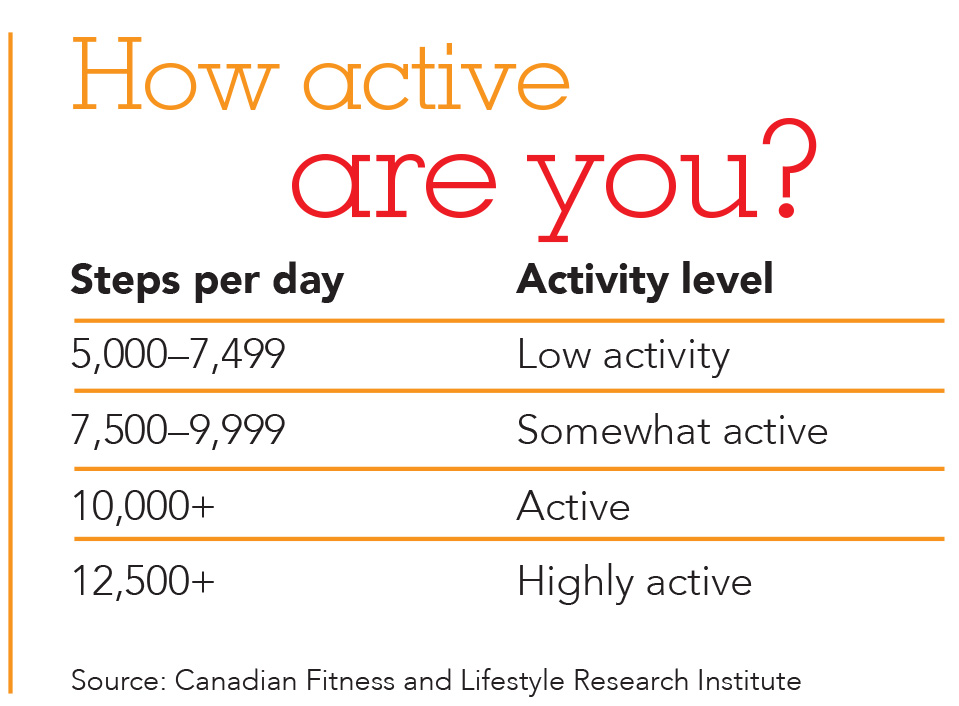Enjoying life at any age takes practise, and it doesn’t have to drain your bank account. Longitudinal studies conducted by University College London observed more than 10,000 people aged 50 years and older. The aim was to investigate the link between aging and happiness. Key among the findings: Maintaining an active lifestyle was the number one ingredient to enjoying a happy life while aging, regardless of wealth, ethnicity or education.
By John Watt
 Whether you’re looking to exercise your mind or your body, for better or worse, richer or poorer, there’s bound to be an activity that will appeal to your sense of well-being. Here are ten suggested pursuits—both physical and recreational—to put you on the right path for healthy fun and longer living.
Whether you’re looking to exercise your mind or your body, for better or worse, richer or poorer, there’s bound to be an activity that will appeal to your sense of well-being. Here are ten suggested pursuits—both physical and recreational—to put you on the right path for healthy fun and longer living.
1) Everyone into the pool
The health benefits of swimming are many. From decreasing the risk of chronic illnesses such as heart disease and diabetes, to improving joint health and lessening pain, swimming is said to improve a person’s mood, contribute to women’s postmenopausal bone health and help reduce bouts of depression.
Taking a dip in a lake or ocean or doing laps indoors can be part of a positive daily routine for some, with either option providing a cardiovascular workout and a chance to just wake up and refresh all over. Conditioning through water ballet or aquafit classes is good for socializing, as well. Community and club pools often have reserved times for adults to swim, so it’s easier to get “lane time” while connecting with peers.
After all, people in central and eastern Europe and elsewhere have been sharing fellowship in the water for thousands of years in spas and bath houses, making soaking and socializing a hobby in its own right.
2) What’s old is new again
Many men are teased about “tinkering” with everything from vintage cars to boats or motorcycles. Maybe there’s a much-loved classic in your own garage that your family hopes will stay there, or an old barnacle of a boat upside down on oars at the cottage. Yes, restoration projects that troubleshoot, use creativity and cross generations are worthwhile occupations for the mind and body. Helping with rewiring, fence painting, redecorating or gardening can be equally productive.
3) Waltzing Matilda
If you’ve ever done the two-step or the polka, you have probably felt the rush that comes with hitting the dance floor. Whether having fun at partner classes or taking lessons, there is a sound reason to keep at it—dancing is simply good for you! Ballet, tap, swing and fitness dancing all are terrific for cardiovascular health, and they also build muscle and increase balance. In addition, according to a 21-year-long study sponsored by the National Institute on Aging, dancing enhances thinking as well. The study found that the harder the class and the steps, the better the chance of increasing brain functioning: The sweet spot was a combination of learning, making quick decisions and switching up the steps. There’s nothing wrong with free dancing or “just for fun” social dancing, either.
4) The dirty cook
Planting and tending flower and vegetable gardens encourages gripping, stooping, lifting, walking, standing, kneeling, sitting and squatting (phew!). The fruits of your labour will also provide a great deal of satisfaction and enjoyment. Many people garden just to beautify their homes or yards, while others focus on homegrown herbs, setting up farm stands, preserving for family and friends or heading off into the kitchen to make very local versions of a favourite chef’s recipes.
Baking cookies is a standby activity in the repertoire of many grandmothers, but more men than ever before are taking charge of the kitchen and grabbing the rolling pin. Good on you, gentlemen!
5) Do unto others
Charitable organizations rely on a collection of wonderful volunteers who graciously give their time to get things done. Older adults spend time at veterans homes, schools and churches, doing everything from food preparation to giving rides and mentoring. They deliver meals on wheels, support Rotary fundraisers in their communities and bring passion for the cause. For art lovers, volunteering could mean being a museum guide, part of a membership-drive team, or a help-desk staffer or usher at a favourite theatre, opera house, sports stadium or art gallery…and it’s a great way to earn free admission to top-notch performances.
Community groups, food banks, fundraising events and animal shelters are often crying out for assistance, so get on the phone or drop by to see where your skills might be needed.
6) All in the family
Supporting family and friends might not be considered a hobby, but it’s certainly an honourable way to keep busy. From helping with childcare to cooking meals for the little darlings, chauffeuring them to school, tutoring or helping with activities, it’s time well spent and usually well appreciated!
 7) Become an explorer
7) Become an explorer
Whether you’re thinking of venturing far away or sticking closer to home, solo travel opportunities and a variety of diverse boomer holiday packages have been designed to appeal to the over-50s sector. Discounts and accessible travel packages can be but a click away.
Or why not pretend to be a tourist at home? Start looking and you’ll find all sorts of adventures in places that you’ve wanted to visit or taken for granted for years. And the really good news is that these things often cost little to naught. Check out local meet-up groups and community events that will help to get you up and out with like-minded people.
8) Throw your weights around
Strength training is often forgotten, but is important—muscle mass weakens as we age, giving rise to balance and coordination issues. Weight training keeps building our muscles while helping to fight bone loss.
Plan to train with weights for 20 minutes, two or three times a week. Choose a small weight that you can lift 10–15 times in a row before you tire out. Take a break and repeat a few times. The lighter the weight, the less recovery time you’ll need between sets. You should feel no pain when you lift, although your muscles might feel a bit sore after your first few sessions. Of note: Developing your muscles will help prevent falls and give you more endurance on walks and bike rides.
9) Reach for the stars
The tissues around our joints thicken and reduce flexibility in our senior years. Stretching helps fight the stiffness that sets in. A good time to stretch is after you’ve been on a walk or the treadmill, when your muscles are warmed up and your joints are limber.
Yoga classes are a good way to get into stretching with supervision. Some yoga studios have special classes for older adults. Once you learn how to perform the moves, you can practise them at home as well.
10) Step it up
Walking groups motivate us to get out more often, provide us with new friendships and make exercise more fun. Join people you can keep up with, and vice versa. Walks should be brisk to bring up your heart rate, not leisurely strolls. Consider mall walking in colder weather.
Ask your pals if they’ll train with you and think about signing up for a fundraising walk such as the Parkinson SuperWalk—you’ll gain physical benefits and be supporting a good cause.
Start with small steps
The links between good health, longevity and enjoyment of life are strong. Staying active decreases the risk of social isolation, promotes a positive body image and encourages strong social relationships. As a starting point, you could invest in a pedometer—a simple device that measures how many steps you take in each day (see sidebar). Even small changes in your daily routine, such as walking to the corner store for the newspaper instead of having it delivered, can make a difference.
A change in attitude and any steady regimen that engages both your body and mind will give you the energy to get more out of life. And when your chosen activity becomes a habit or a way of life, you’ll never want to give it up.
John Watt is an intern with the Canadian Abilities Foundation who’s work is supported with a grant from TD Bank.
Adapted from an article published in Caregiver Solutions, Summer 2010.













